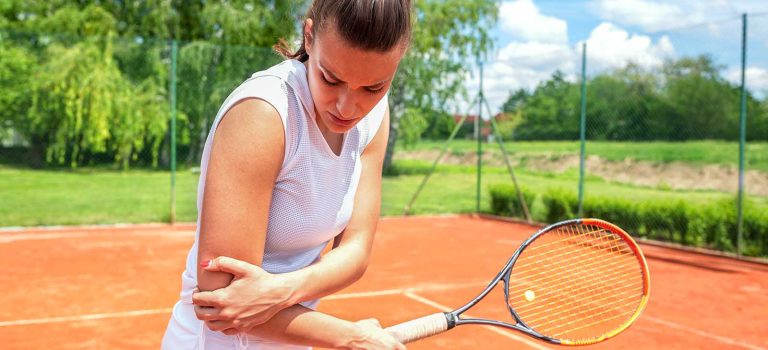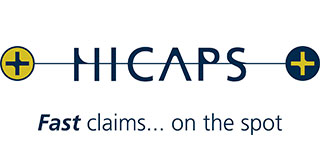Osteopathy in Sports Injury Rehabilitation and Prevention of Injuries
Osteopathy is a form of manual therapy that emphasizes the body’s interconnected system of bones, muscles, ligaments, and connective tissue.
It focuses on diagnosing, treating, and preventing health problems through stretching, massaging, and manipulating muscles and joints.
This holistic approach is precious in sports, where athletes constantly push their bodies to the limit, making them prone to injuries.
Principles of Osteopathy in Sports Injury Rehabilitation
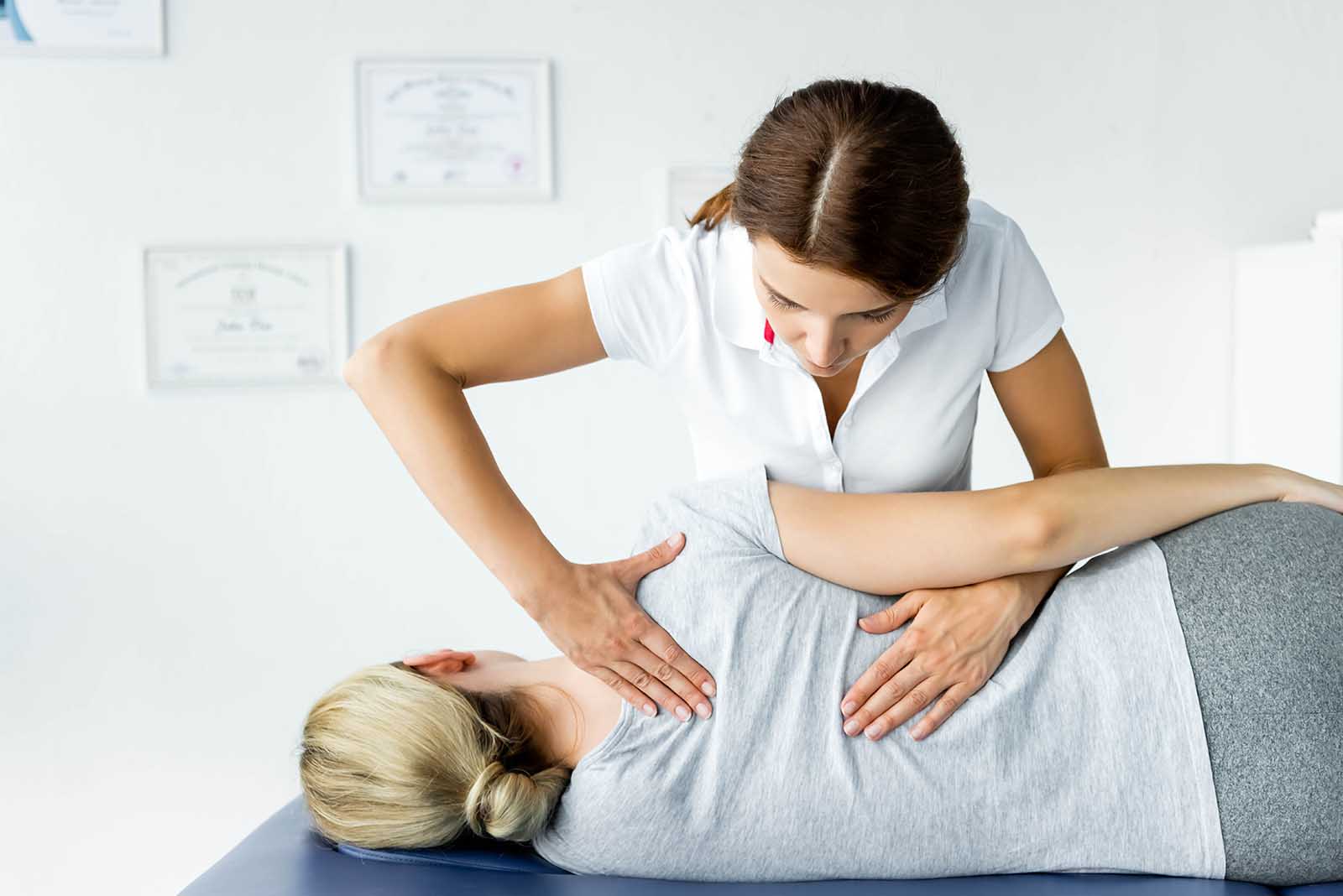
Osteopathy is grounded in the principle that the body’s structure and function are profoundly interconnected and capable of self-regulation and healing. This principle is crucial in sports as athletes require their bodies to function optimally and recover quickly from injuries.
Osteopaths focus on enhancing this natural recovery by ensuring that the musculoskeletal system is in good health, which, in turn, supports overall body health.
Key Principles Include:
- Holistic Approach: Osteopathy considers the entire body rather than focusing solely on the injured or problematic area.
- Body Harmony: Ensuring all parts of the bodywork cohesively is vital for athletic performance and injury prevention.
- Self-Healing: Facilitating the body’s innate ability to heal through therapeutic techniques that promote blood flow and reduce muscle tension.
Techniques Used in Sports Osteopathy
Osteopathy employs a range of specialized techniques explicitly designed to meet the unique demands of athletes, addressing their needs for prevention, recovery, and peak performance.
Here’s an in-depth look at some key osteopathic techniques used in sports:
Soft Tissue Techniques
Soft tissue techniques primarily involve massage, which plays a crucial role in the routine care of athletes. These techniques help release tension and relax muscles, enhancing flexibility and circulation.
Improved flexibility boosts performance and significantly reduces the risk of injuries such as strains and sprains that are common in sports. Moreover, these massages help break down scar tissue, promoting faster recovery from muscle overuse or injury.
Joint Mobilization and Manipulation
Joint mobilization and manipulation are critical in sports osteopathy. They aim to increase the range of motion and improve joint functionality—two aspects vital for athletes involved in sports requiring repetitive and often strenuous movements.
Through gentle mobilization techniques, osteopaths can alleviate joint stiffness, enhancing fluid movement, whereas manipulation techniques can correct misalignments and ensure that the joints move freely. This helps in injury recovery and serves as a preventive measure against joint-related sports injuries.
Muscle Energy Techniques (METs)
Muscle Energy Techniques are another cornerstone of osteopathic care in sports, utilized to address muscle imbalances and joint dysfunctions.
METs involve the athlete actively contracting their muscles against a controlled counterforce applied by the osteopath. This method strengthens weak muscles, stretches tight ones, and improves overall joint mobility.
The controlled contractions help recalibrate muscle function and improve muscular coordination, essential for performance enhancement and injury prevention.
High-velocity low Amplitude (HVLA) Thrusts
High-velocity amplitude (HVLA) thrusts, commonly called osteopathic manipulative adjustments, are techniques used to realign joints, reduce pressure on neurological tissues, and restore normal joint function.
These rapid, precise movements of the joints help to decrease pain, increase the range of motion, and improve the body’s structural stability.
HVLA thrusts are particularly beneficial in addressing spinal and extremity joint issues, which can significantly impact an athlete’s performance and susceptibility to injury.
Each of these techniques plays a vital role in the holistic approach of osteopathy, which aims to optimize an athlete’s body function, aid in rapid recovery from injuries, and prevent future ailments by maintaining the overall balance and health of the musculoskeletal system.
Benefits of Osteopathy in Sports Rehabilitation
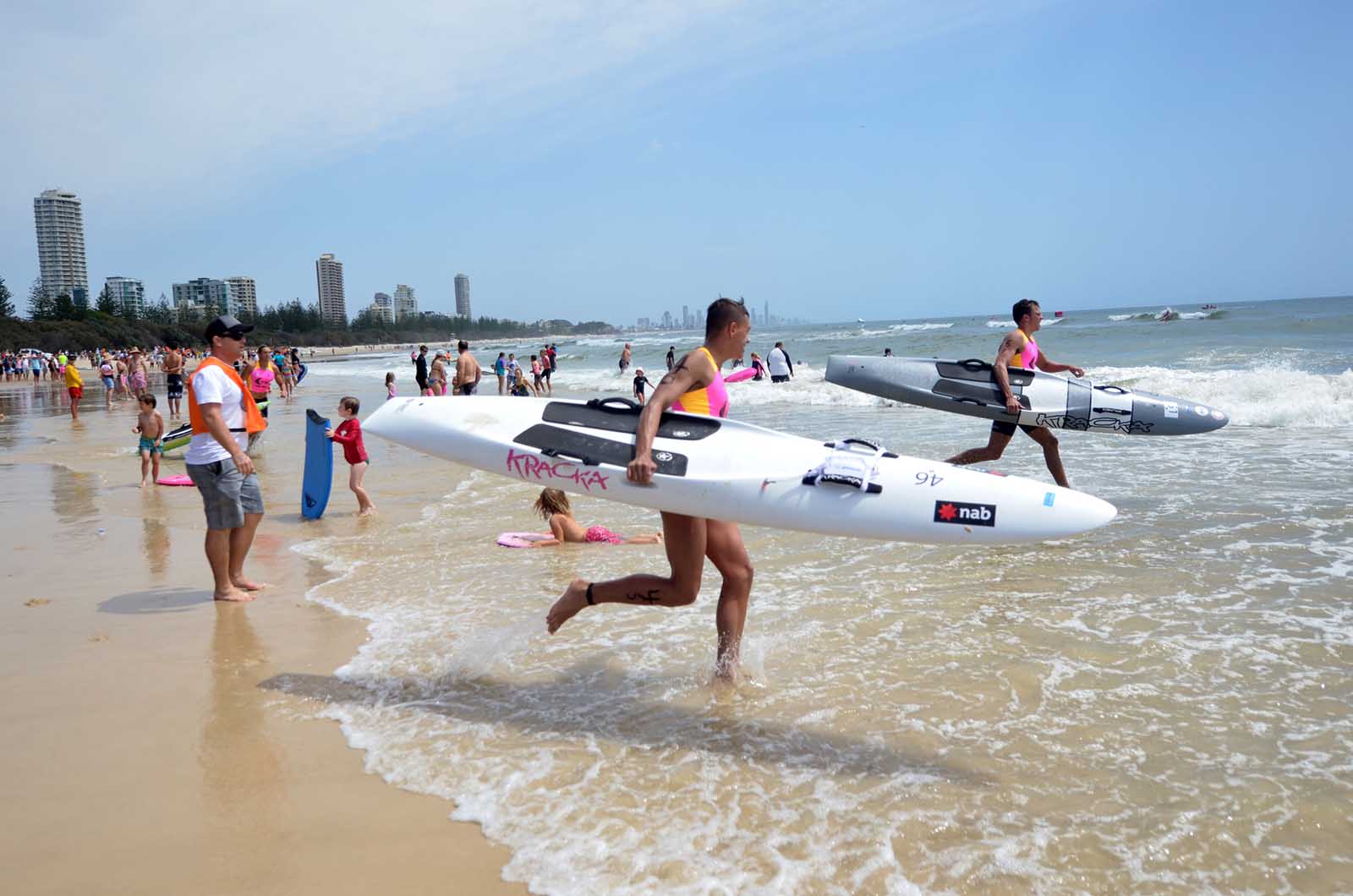
Osteopathy provides many benefits tailored to the needs of athletes, particularly in the realms of rehabilitation, performance enhancement, and injury prevention.
Here is an expanded discussion of the primary benefits that osteopathy brings to sports medicine:
Faster Recovery
One of the most significant advantages of osteopathy in sports rehabilitation is its ability to facilitate faster injury recovery.
Osteopathic treatments enhance blood circulation and improve lymphatic drainage, both crucial for reducing swelling and promoting the healing of damaged tissues.
By improving circulation, osteopathy ensures that nutrients and oxygen are efficiently delivered to injury sites, which speeds up the repair process.
Similarly, enhancing lymphatic drainage helps remove waste products and excess fluids from these areas, further accelerating the recovery phase. This rapid rehabilitation allows athletes to return to training and competition sooner than they might with traditional methods.
Pain Management
Osteopathy offers effective pain management solutions that do not rely on pharmaceuticals, making it an attractive option for athletes who prefer to avoid the side effects associated with pain relief medications.
Through manual therapy, joint manipulation, and soft tissue work, osteopaths can reduce mechanical pain caused by joint dysfunctions and muscle tightness.
These treatments help alleviate pain by restoring proper alignment and function to the musculoskeletal system, which decreases stress on the body and helps manage pain more naturally.
Osteopathy For Injury Prevention
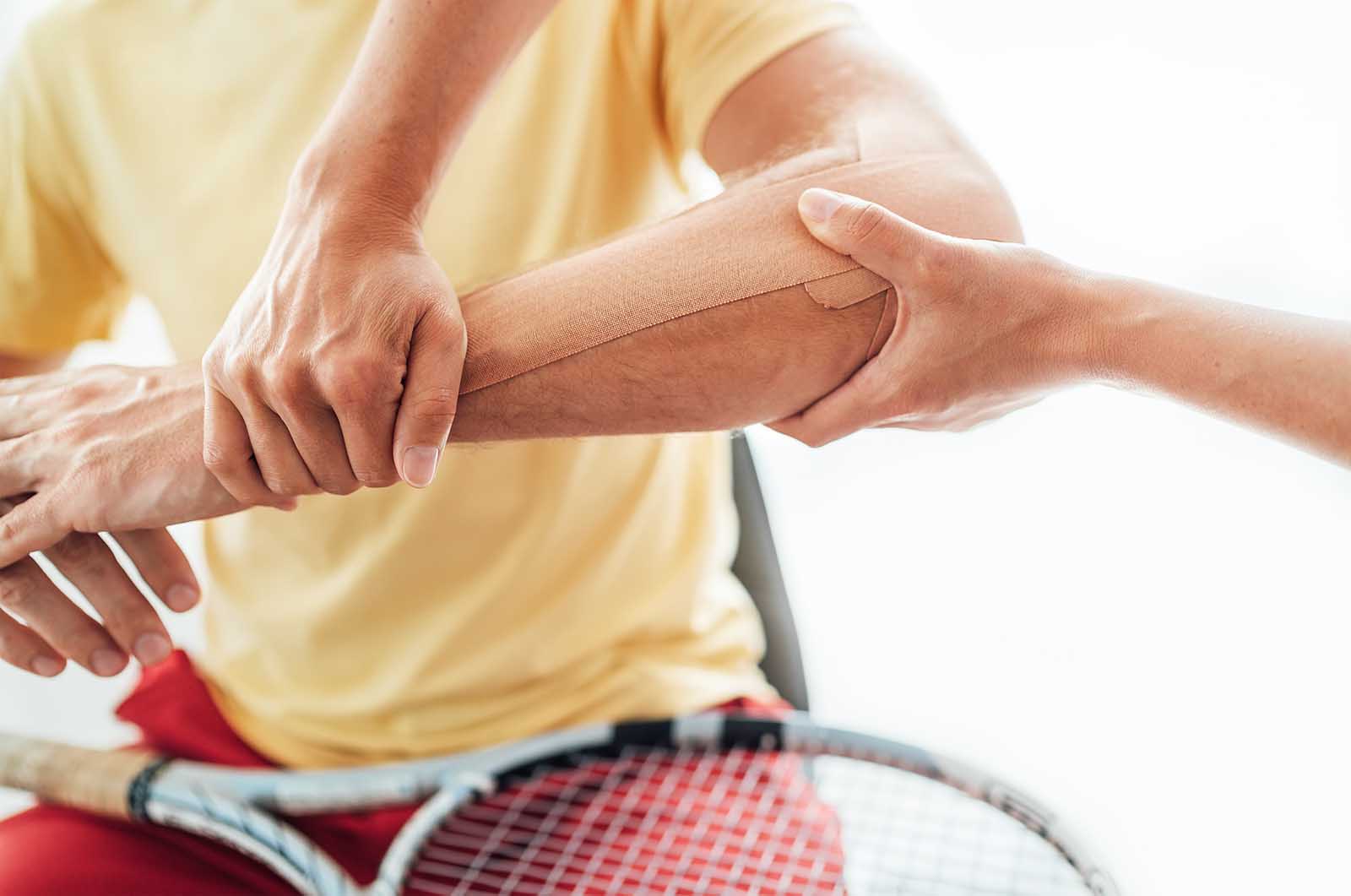
Regular osteopathic care is crucial not only for treating existing injuries but also for preventing them.
Osteopaths use a proactive approach to diagnose and treat potential areas of weakness or restricted movement that may predispose athletes to injuries.
By identifying these vulnerabilities early, osteopaths can apply targeted interventions to strengthen the body, enhance flexibility, and improve overall musculoskeletal function. This preventive care is vital in maintaining an athlete’s long-term health and ability to perform consistently at high levels without interruption.
Osteopathy’s holistic approach helps athletes maintain optimal physical function, contributes to shorter and more effective recovery periods, and supports long-term health and injury prevention. This makes osteopathy an indispensable part of modern sports rehabilitation programs.
Osteopathy Applications in Professional Sports
Numerous sports teams and individual athletes incorporate osteopathy into their training and rehabilitation programs.
For example, many professional teams have osteopaths on their medical staff to help players manage injuries and optimize their physical condition.
- Research indicates that osteopathy significantly reduces recovery time in athletes suffering from hamstring injuries, a common sports-related issue.
- A study involving rugby players showed that those who received regular osteopathic treatment had fewer injuries over the season than those who did not.
Summary: Embracing Osteopathy for Enhanced Athletic Performance and Rehabilitation
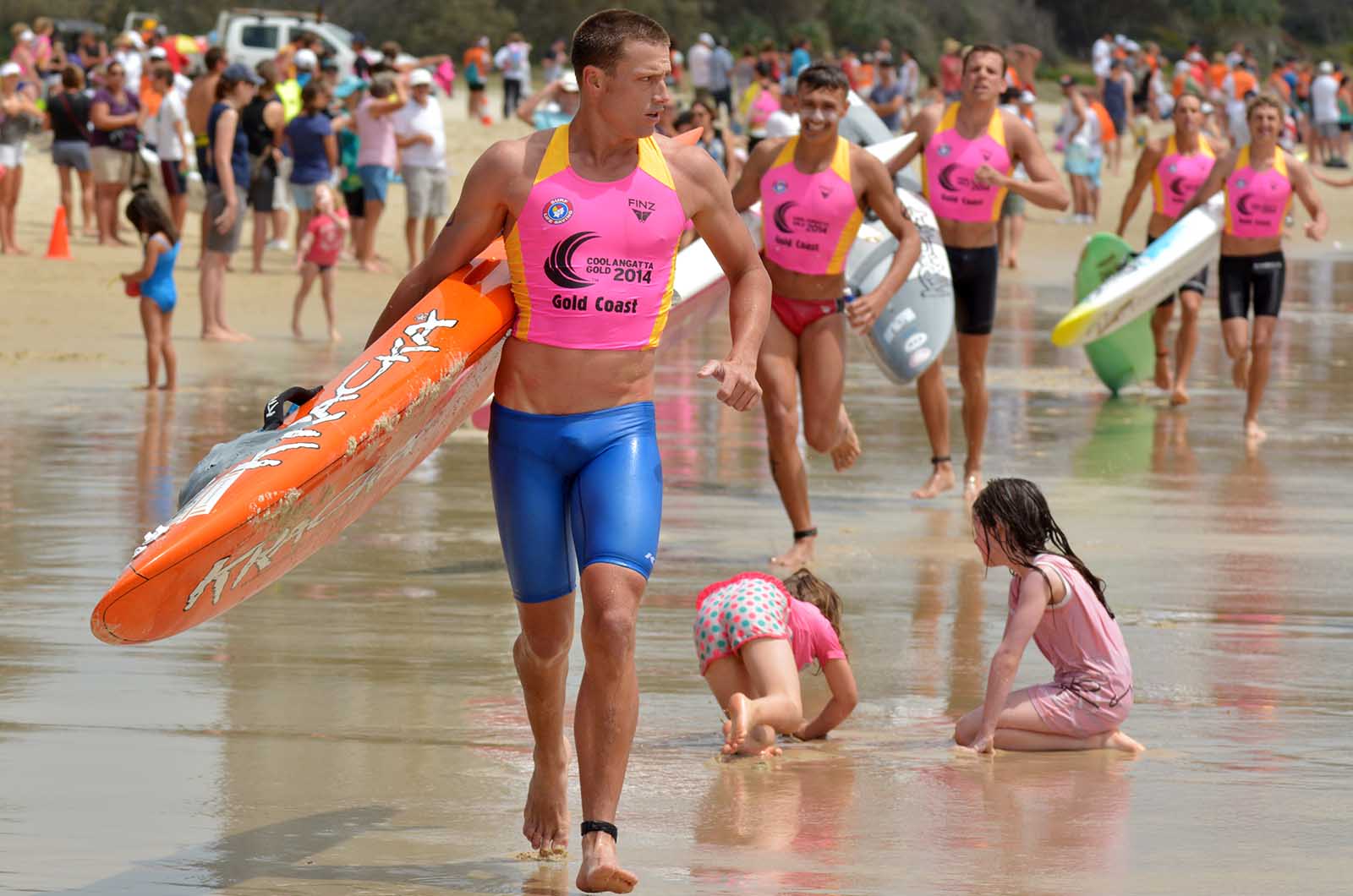
Osteopathy offers a comprehensive approach to managing and preventing athlete injuries, emphasizing enhancing the body’s natural healing processes and overall functionality.
Using various manual techniques, osteopaths help athletes maintain optimal health, recover faster from injuries, and perform at their best.
As the understanding and appreciation of osteopathy’s benefits continue to grow, it is likely to become an increasingly integral part of sports medicine across all levels of athletics.

